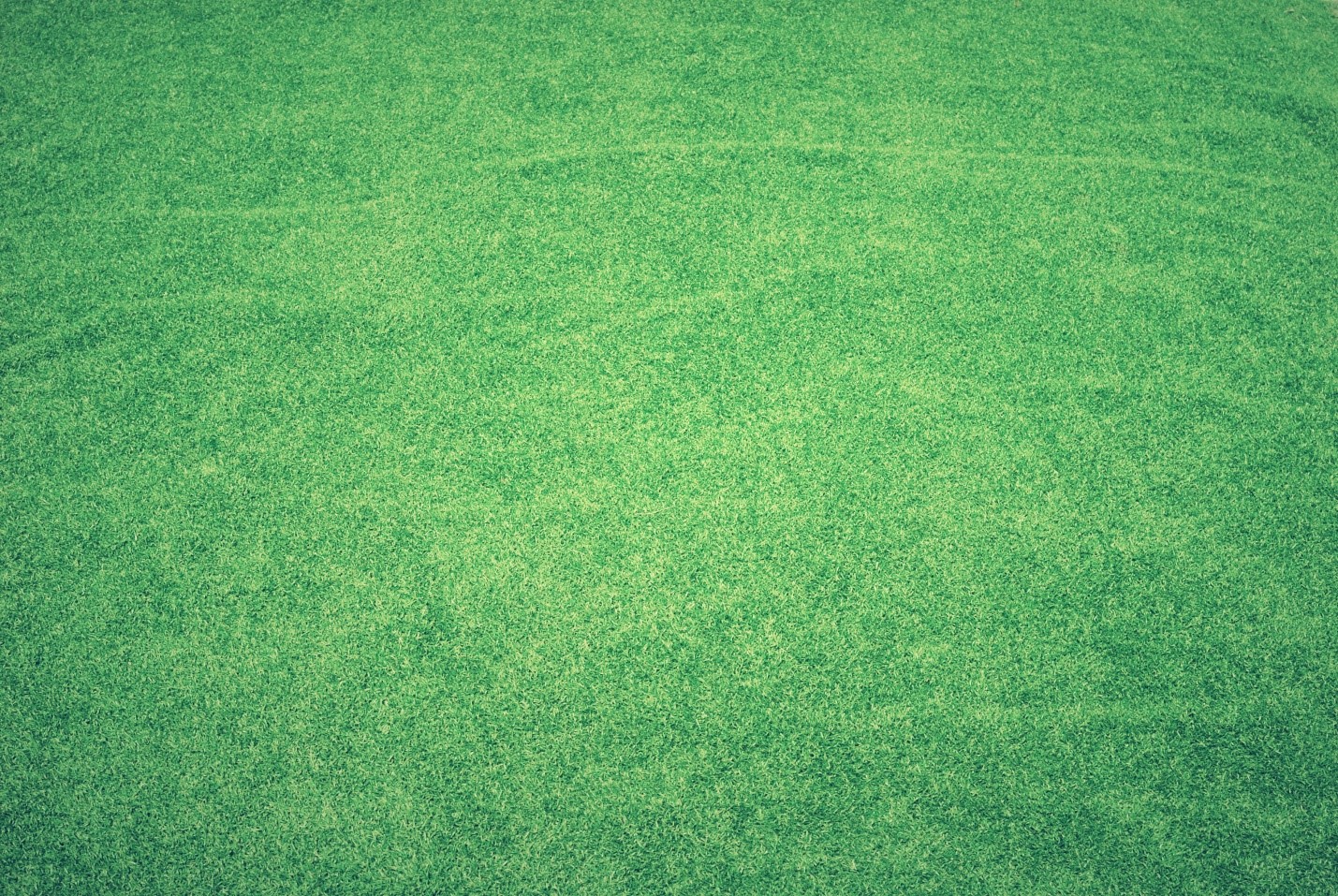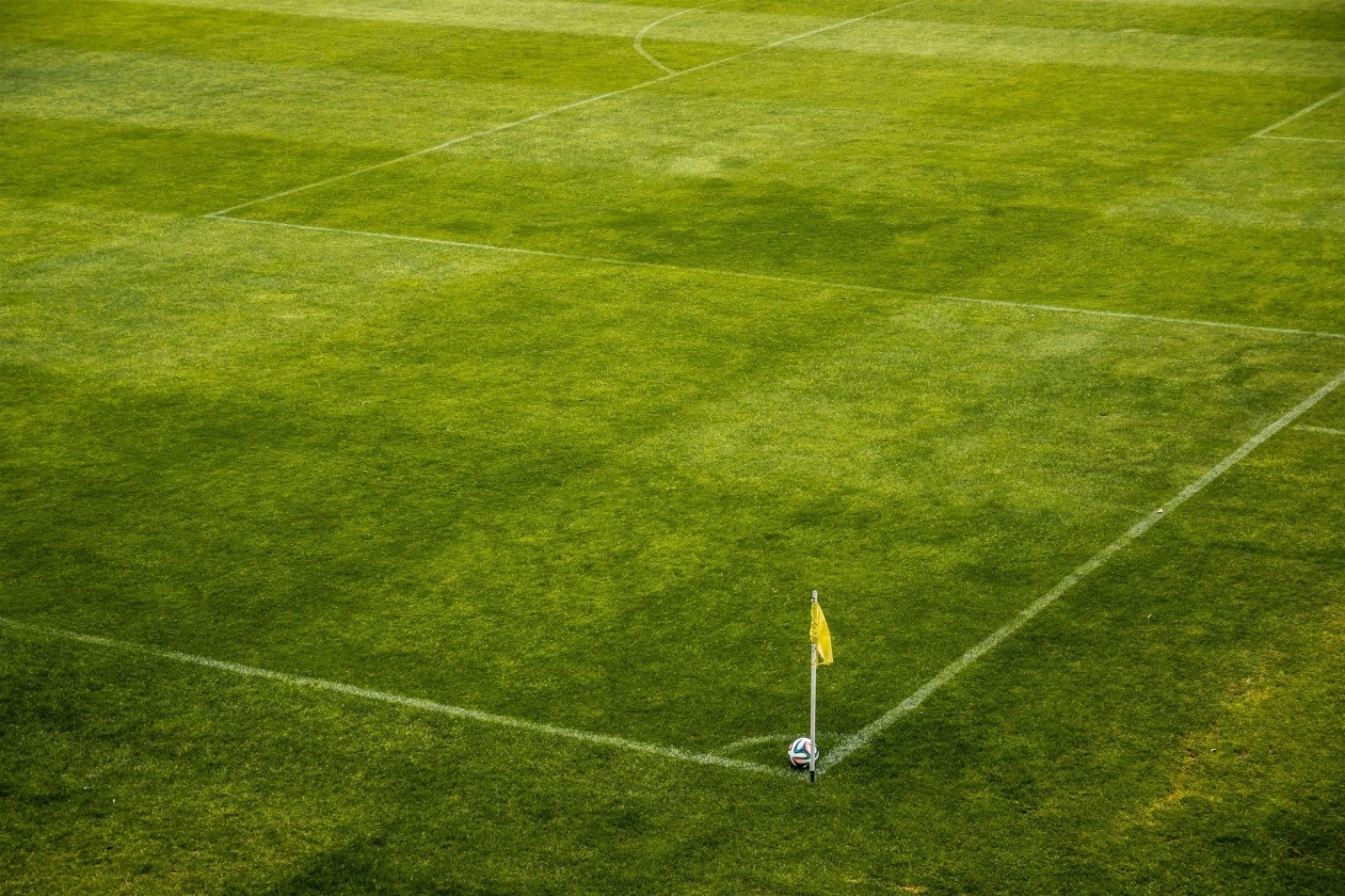When it comes to installing gym turf, you can use several different methods to ensure the job is done correctly. The first method involves precutting the grass to size. This way, you can account for any slight errors. Secondly, you can use seaming to join two pieces of grass. However, you must ensure that you have enough space to do so.
Synthetic grass simulates outdoor field conditions
Synthetic gym grass is used in a variety of exercise programs, including aerobics, yoga, and weight-lifting. However, there is some debate about the health effects of synthetic grass. Click here to learn more about this material.
A concern with synthetic grass is its impact on storm drains. Synthetic fields have the potential to overwhelm storm drains and contribute to the overflow of combined sewers. New York City alone has approximately 4,000 city parks. The amount of synthetic grass being purchased in the city is significant.
It reduces joint pain
A common sports injury is a turf toe, a sprain to the ligaments around the big toe joint. The joint is located in the ball of the foot and acts as a hinge, allowing the big toe to flex and bend upwards. This injury is quite common among football players, soccer players, and gymnasts. These individuals spend a lot of time walking and putting a lot of stress on the ball of the foot. This injury can result in stiffness and pain in the big toe.
In addition to its low maintenance and easy to clean characteristics, gym turf also adds cushioning to the floor, helping athletes avoid joint pain during training and competition. As a bonus, it is durable enough for professional weightlifters and heavy gym equipment.
Another benefit of gym turf is that it is more comfortable to walk on, even without shoes. Additionally, it reduces the pressure on the joints of athletes and reduces the risk of shin splints.
While there are many causes of joint pain, it is always best to consult with a doctor to determine what the problem is. Exercise, diet, and stress levels are all factors that can contribute to joint pain. If you change your exercise regimen and still are experiencing pain, click the link: https://www.cdc.gov/arthritis/pain/index.htm for more information about treatment options.
It provides traction
A high-quality gym turf will provide traction and safety for your athletes. It also promotes balance and provides cushioning for falls. It is also easy to clean and maintain. You can purchase large flooring rolls or individual turf tiles. Our expert staff can help you choose the best turf for your facility.
Gym turf is an ideal flooring option for use in fitness centers, yoga studios, and other exercise facilities. It is durable enough to handle a variety of exercise equipment, including weights, barbells, and sleds. It also offers superior sound-absorbing properties and is soft enough to accommodate yoga mats or other floor coverings.
It is a sound absorber
Gym turf is an excellent option for floors in exercise facilities, which can reduce noise pollution and promote balance. It also provides a comfortable surface for footing, even without shoes. Moreover, it is durable and can withstand a lot of abuse. It also reduces the strain and pressure on the joints of athletes.
It also has acoustic properties, which can reduce noise pollution in the gym. In addition to gym turf, acoustic underlayment can also be installed in the flooring. Rubber flooring is another great choice, as it will act as a sound absorber and will dampen vibrations. However, it will require regular cleaning and maintenance.
Another important factor is the thickness of the floor. Gym turf should be purchased with sufficient overlap for it to be effective. This is because sports grass is stretched by machines, which can cause the edges to not be parallel.
If the edges are not parallel, gaps can appear when you lay the grass down or seam two pieces together. Secondly, you have to be careful when cutting turf for a gym with padding. If you make mistakes in cutting turf, make sure you use a commercial rotary knife, which is very sharp.
It is easy to install
Turf can be installed easily by following a few simple steps. To start with, you need a clean, dry subfloor. Next, measure the length and width of the room and mark them with a chalk line. You will need at least 7 feet of space in the center for weights, and a few feet extra for seams. Glue or adhesive is often recommended.
Gym turf is a versatile addition to any workout area. You can use it in cardio classes, yoga classes, deadlift training areas, and more. It offers traction and support to prevent injuries and is minimal maintenance. You can even use it in locations that get a lot of snow. Once installed, you can quickly move on with your day-to-day operations.









